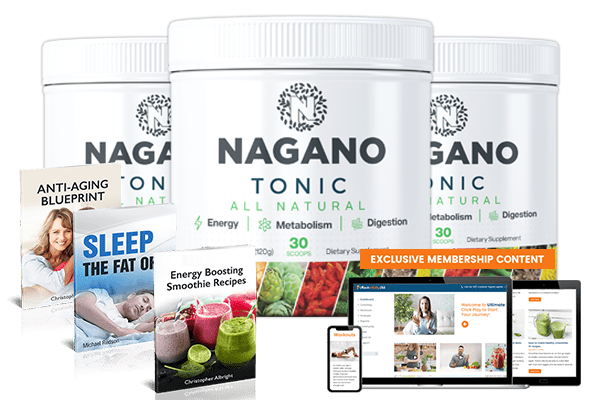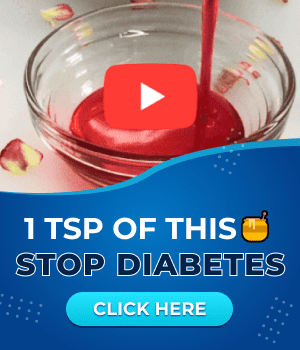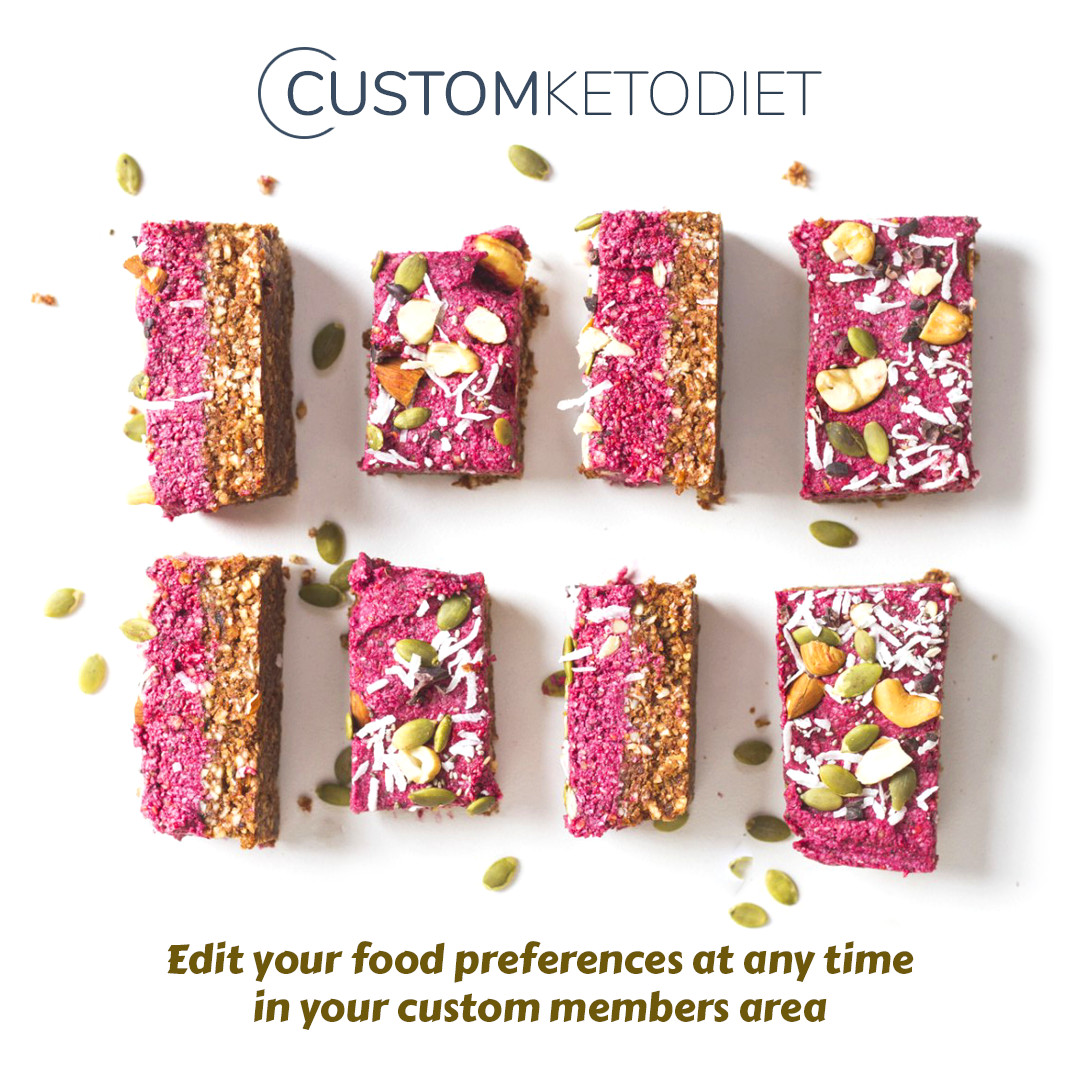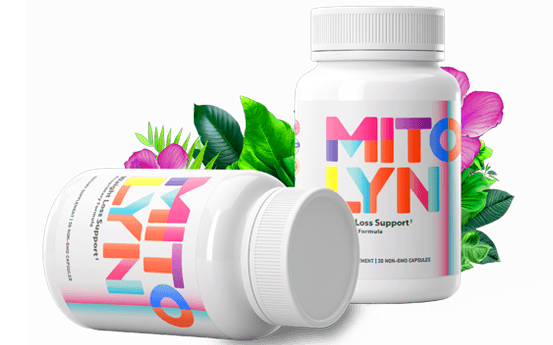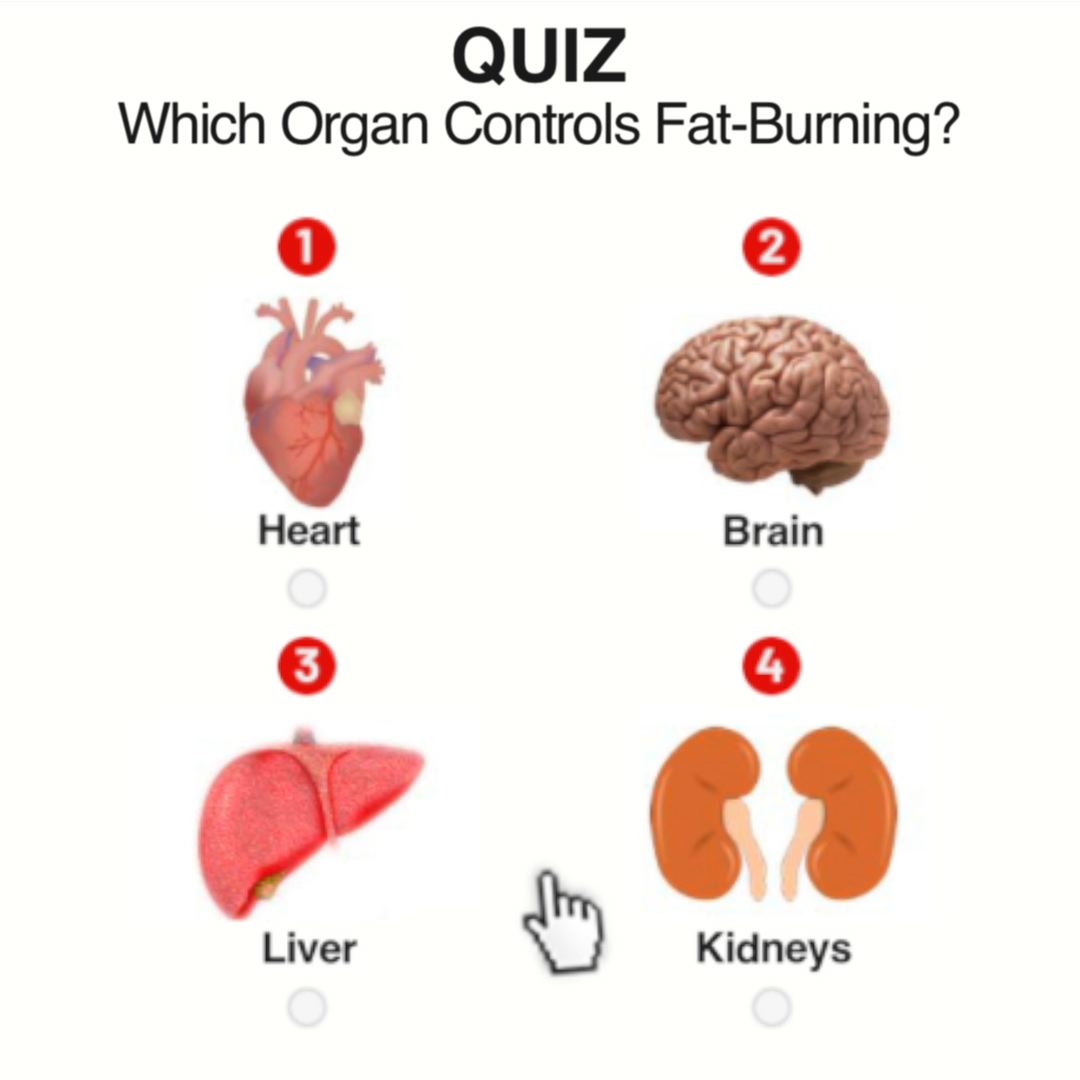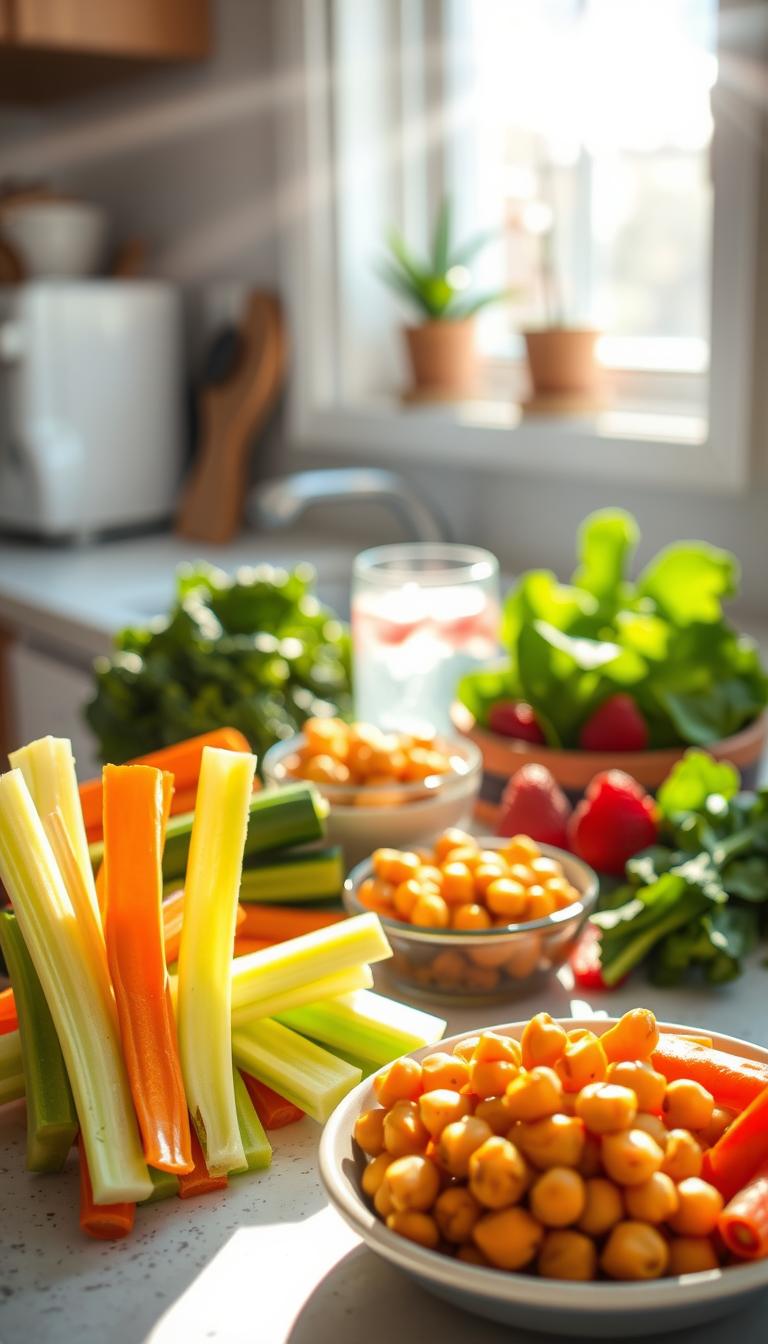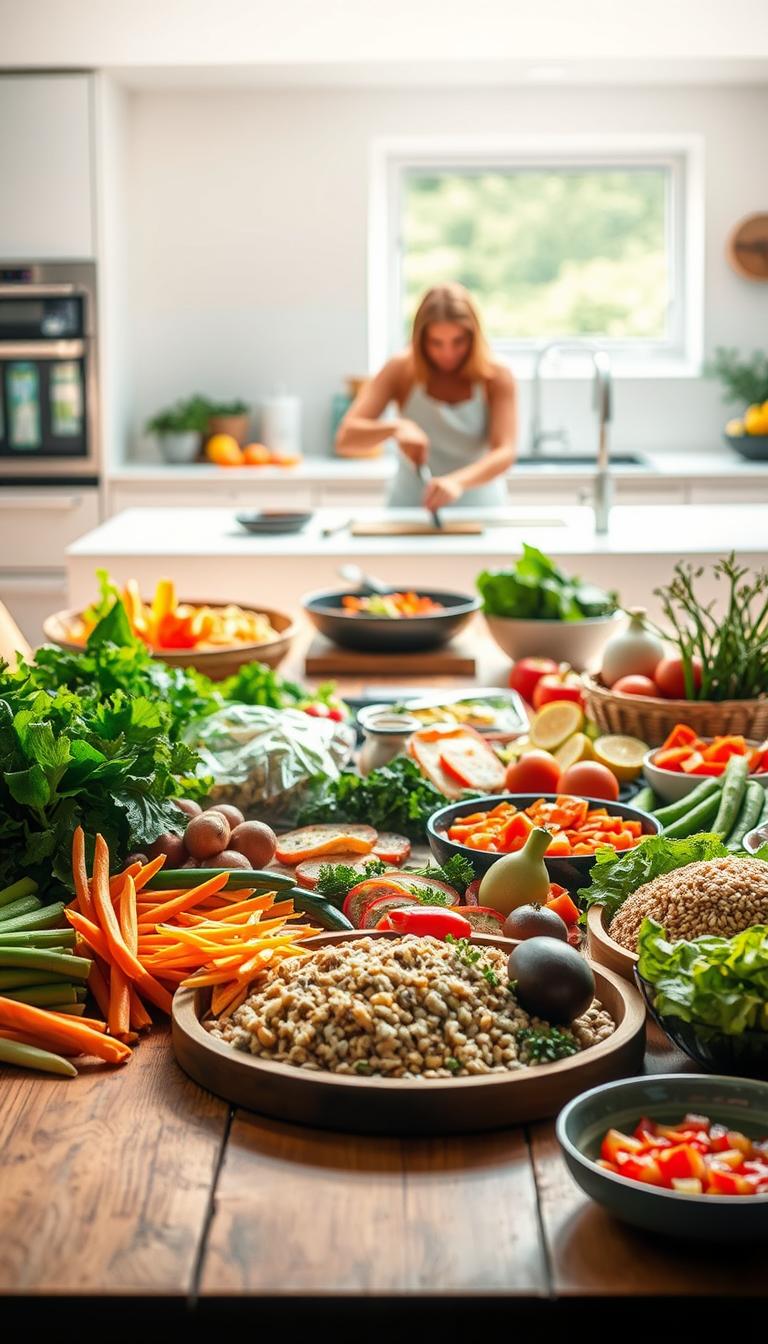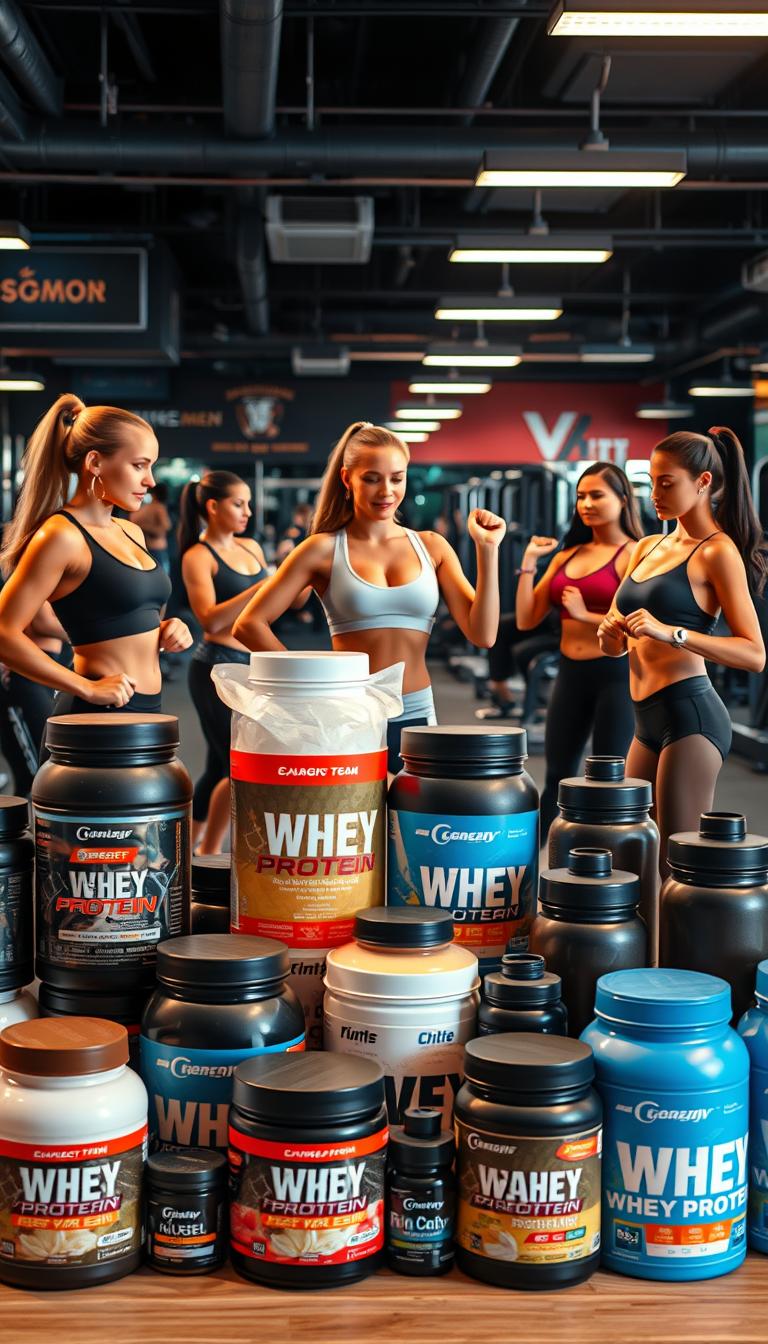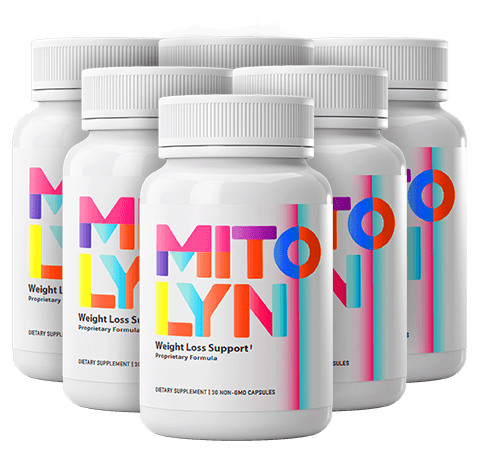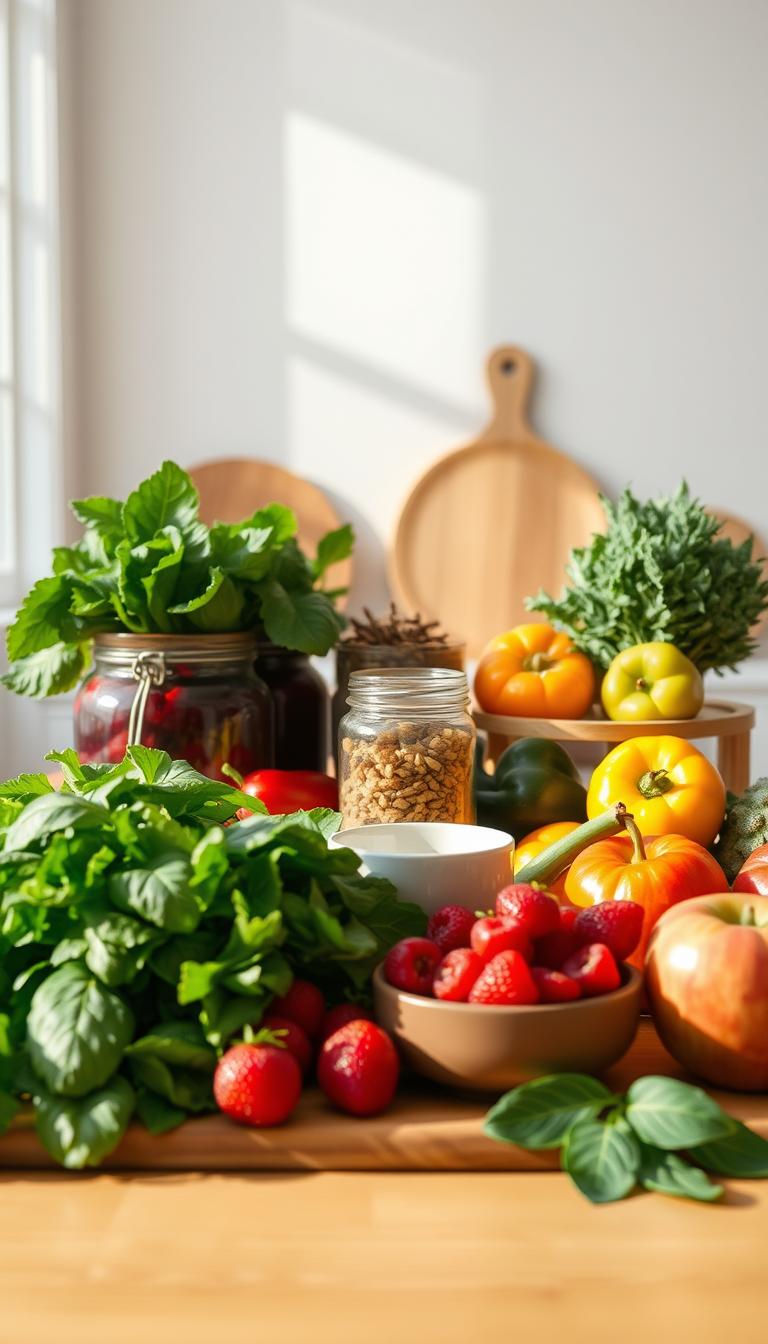
Could your morning toast or afternoon snack be hurting your energy? Clean Eating focuses on foods that boost your health without strict rules.
This method creates a balanced diet with whole foods like brown rice, berries, and salmon. Swapping sugary snacks for nuts or avocado follows guidelines. These include eating 5 daily fruit/vegetable portions and less than 6g of salt.
Even small changes, like choosing Greek yogurt over chips, can lead to lasting changes.
Key Takeaways
- Incorporate starchy carbs (like potatoes with skins) for a third of your daily intake.
- Choose 2 weekly fish meals, prioritizing oily fish such as trout or mackerel.
- Limit added sugars and saturated fats to protect heart health.
- Customize portions—like adding peanut butter to whole-wheat toast—for a flexible plan.
- Stay hydrated with water or low-sugar drinks instead of soda.
What Is Clean Eating and Why It Matters
Clean eating means choosing whole foods and living clean to feed your body right. It’s all about eating fresh veggies, fruits, and grains. It avoids additives and artificial stuff. It’s not a strict diet but a way to make healthy choices.
The Philosophy Behind Clean Eating
This way of eating makes you think about where your food comes from. Choose fresh berries over sweet snacks, and steel-cut oats over sugary cereals. It’s about eating foods your grandma would know. It’s not about being perfect but making progress.
Historical Context and Modern Relevance
Old diets like the Mediterranean or Japanese diets use whole foods, just like clean eating today. But social media makes it hard. Sites like Instagram, with 1 billion users, can push for strict “clean” eating. This can lead to unhealthy extremes.
Even though 40% of people think clean eating means eating non-GMO or organic, it’s really about balance. It’s not about being too strict.
Distinguishing Clean Eating from Other Diet Trends
Clean eating is different from fad diets. Fad diets often cut out whole food groups without reason. Clean eating focuses on quality, not just cutting things out. For example, some diets praise coconut oil’s fats too much, ignoring its health risks.
Clean eating is about making balanced choices. It avoids strict rules. It’s about finding what works for you, not following a strict plan.
- No extreme restrictions: Prioritizes flexibility
- No one-size-fits-all: Adapts to individual needs
- Focus on education, not quick fixes
The Core Principles of Clean Eating
Choosing natural ingredients and whole foods is key in clean eating. Focus on fresh veggies, fruits, and lean proteins. Choose organic foods for items on the “Dirty Dozen” list. Always read labels to avoid additives and too much sodium.
- Prioritize whole grains (like brown rice and oats) over refined ones.
- Limit added sugars to under 6 tsp/day for women and 9 tsp/day for men (AHA guidelines).
- Shop the store perimeter for fresh items instead of pre-packaged snacks.

| Dirty Dozen | Clean Fifteen |
|---|---|
| Strawberries | Avocados |
| Spinach | Onions |
| Apples | pineapples |
Cook at home to control what you eat. Aim for meals with protein, fiber, and healthy fats. Drink water or herbal teas instead of sugary drinks. Eating a variety of colors—like beets, kale, and berries—brings many nutrients. Eating small, frequent meals can keep your energy steady.
Remember, clean eating is about making progress, not being perfect. Start by replacing one processed item a week with something fresh.
Health Benefits You Can Expect from a Clean Diet
Choosing a balanced diet makes you feel better. It focuses on whole foods and less processed stuff. This helps you stay healthy and feel good every day.
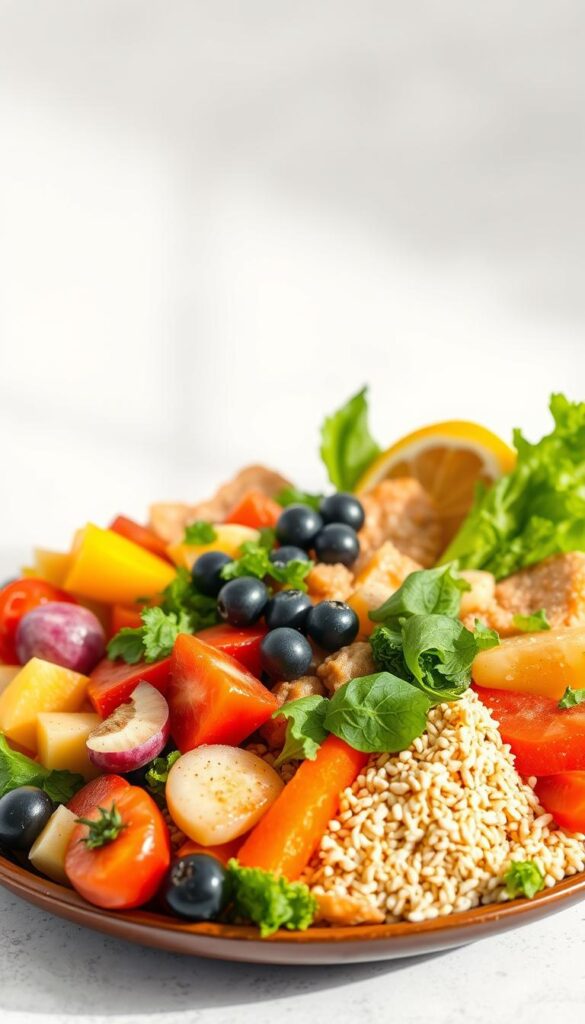
Physical Health Improvements
Imagine waking up full of energy and feeling less pain. Clean eating helps your body in many ways:
- It makes digestion better with foods high in fiber.
- It lowers inflammation, which can cause chronic diseases.
- It reduces heart disease risk with plant-based foods and colorful veggies.
Foods like kimchi or sauerkraut are good for your gut. Cutting out ultra-processed foods also helps avoid inflammation and obesity.
Mental and Emotional Wellbeing
Your brain needs the right nutrients to work well. Eating healthy keeps your blood sugar stable. This stops energy crashes and mood swings.
Nutrients like omega-3s in walnuts or flaxseed help your brain. Eating foods rich in polyphenols, like berries or dark chocolate, can also help with anxiety and depression.
Long-term Health Benefits
Clean eating can lower your risk of diseases like type 2 diabetes and heart disease. It also helps prevent some cancers. Eating whole grains, legumes, and leafy greens gives you energy without cutting calories too much.
It also keeps your gut microbiome diverse. This is key for a strong immune system and good metabolism.
Small changes, like eating nuts or berries instead of sugary snacks, can make a big difference. Starting with whole foods today sets you up for a healthy future.
Getting Started: Your Clean Eating Shopping List
Start by choosing wisely for your pantry and fridge. This guide helps you stock up with natural ingredients that boost your health. Focus on whole foods over processed ones.
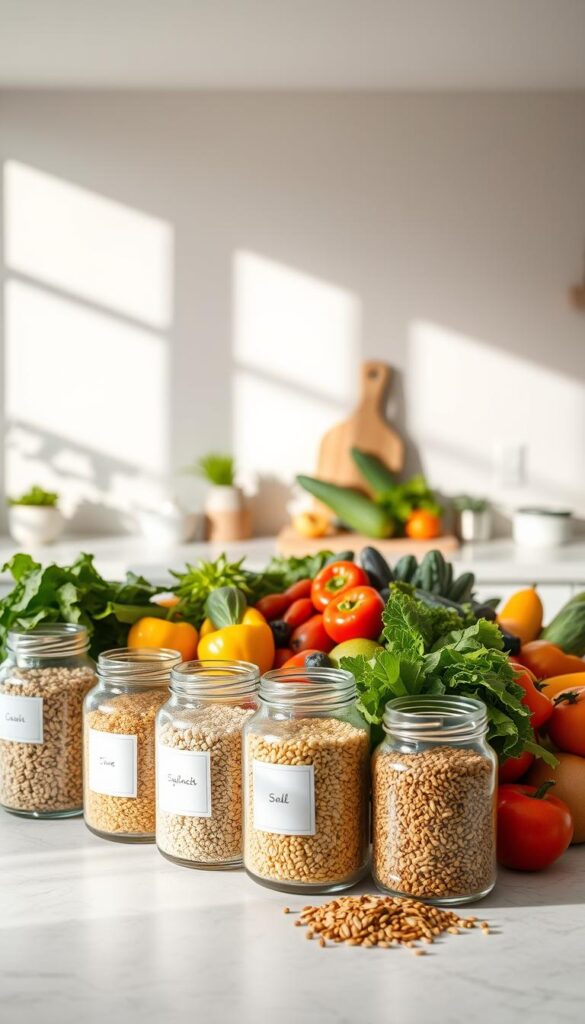
Pantry Staples for Clean Eating
Have these basics ready for fast meals:
- Whole grains: Ezekiel bread, quinoa, brown rice, or Trader Joe’s whole grain pastas
- Legumes: Canned beans (no added salt) like Eden Foods organic varieties
- Healthy fats: Olive oil (Bertolli), California Olive Ranch), or avocado oil
- Snacks: Roasted nuts (without added sugars), like Once Again Nuts almonds), or pumpkin seeds
Fresh Produce Guidelines
Choose seasonal produce for the best nutrition. Go for organic foods for items like berries or apples:
- Stock up on spinach, broccoli, sweet potatoes, and leafy greens
- Wash and store veggies in airtight containers for freshness
- Buy apples, oranges, and citrus for natural sweetness
Clean Protein Sources
Choose proteins without additives:
- Meat: Grass-fed beef (US Wellness Meats), organic chicken (Applegate Farms)
- Fish: Wild-caught salmon, sardines, or cod
- Plant-based: Tofu (Kikko House), Nasoya), or tempeh
Look for ‘no hormones’ or ‘pasture-raised’ labels for top quality.
Understanding Food Labels and Making Smarter Choices
Choosing clean living means learning to read labels well. Look at ingredient lists for clear nutrition-focused info. Short lists with easy-to-spot ingredients are better. Stay away from foods with sugar in many names, like sucrose or corn syrup.
Choose foods with less than 5% DV for sodium and saturated fats. This helps keep calories in check.
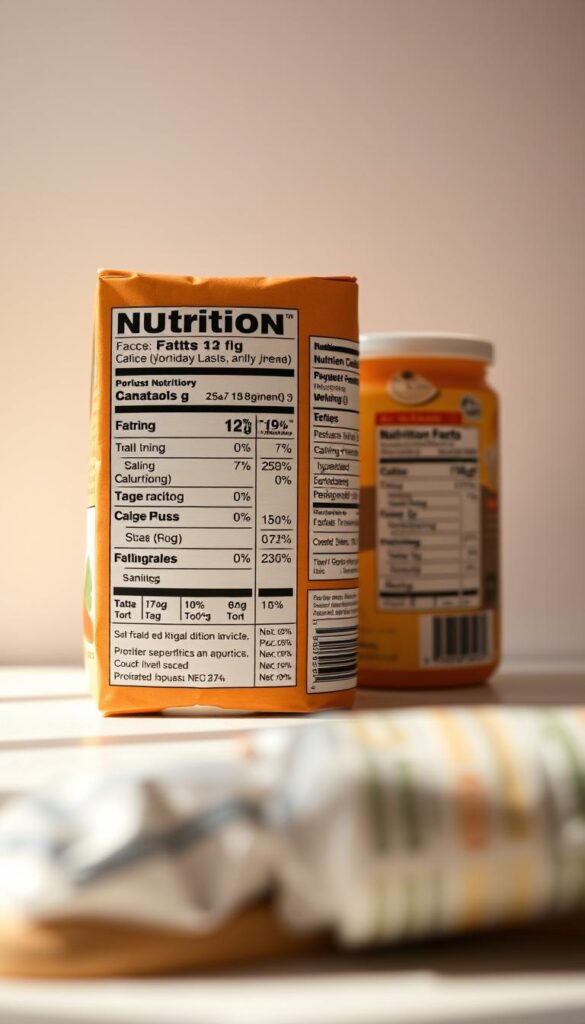
Find mindful eating friends: foods high in fiber and low in added sugars. The new Nutrition Facts label shows added sugars clearly. For example, a yogurt with 22g of added sugar is too much.
Try to keep sodium under 2,300mg a day. Aim for foods with ≤10% DV for sodium per meal.
| Nutrient | 100% DV | Goal |
|---|---|---|
| Saturated Fat | 20g | Keep below 10% DV |
| Added Sugars | 50g | Limit to ≤10% of daily calories |
| Potassium | 4,700mg | Choose items ≥20% DV |
Don’t trust terms like “natural” or “non-GMO” for clean living. Go for USDA Organic or Certified Humane brands. Apps like Fooducate or Label Insight help spot hidden additives.
- Choose snacks with ≤4 ingredients
- Compare %DV for sodium across similar products
- Reject items with artificial colors (e.g., FD&C Red 40)
Small choices add up. Focus on whole foods from the store’s edges. Fresh produce and lean proteins are best. Every smart choice brings you closer to clean living.
Meal Prep Strategies for Sustainable Clean Eating
Meal prep makes clean eating easy. It helps you plan ahead and eat healthy. This way, you save time and reduce stress.
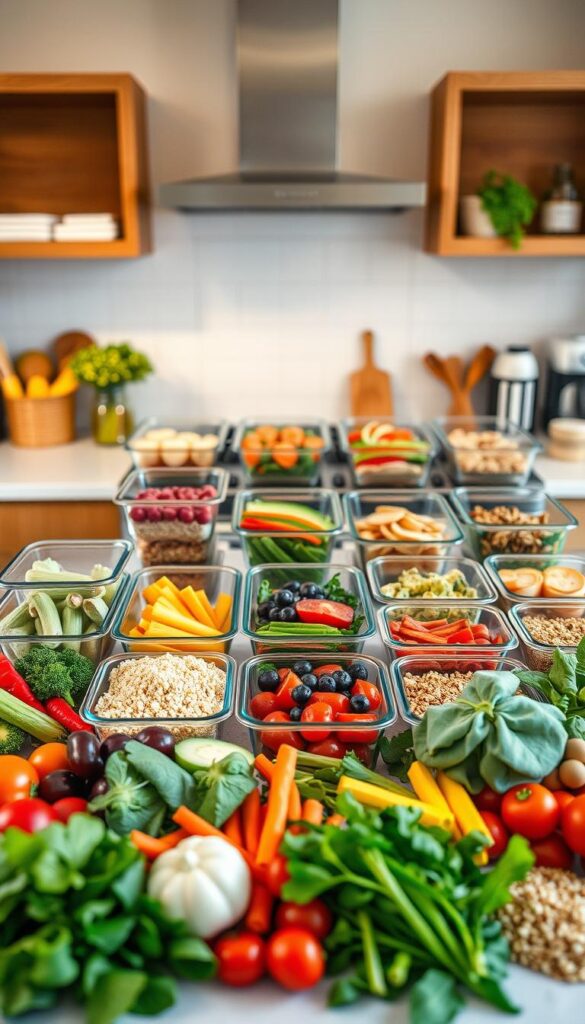
Time-Saving Prep Techniques
Start with smart prep to be efficient. Wash, chop, and store veggies in airtight containers. Marinate proteins overnight for quick cooking.
Use tools like mandoline slicers or food processors to save time. Organize ingredients before cooking to avoid scrambles.
- Prep veggies Sunday for quick weekday salads.
- Cook grains like quinoa in bulk and store in the fridge.
- Portion nuts or fruits into snack packs for on-the-go eating.
Batch Cooking Basics
Cooking in bulk makes meals easy. Roast veggies, grill chicken, or boil lentils. Divide into portions for lunches and dinners.
Mix sauces like tahini or salsas to keep flavors fresh. Freeze extras for future meals to avoid monotony.
Storage Solutions for Freshness
Proper storage keeps ingredients fresh. Use glass containers with labels for easy access. Freeze herbs in ice cube trays with olive oil for later use.
Store leafy greens in sealed bags with a damp paper towel. Use FIFO (First In, First Out) to keep pantry and fridge organized.
- Freeze prepped meats and veggies in labeled bags.
- Wrap herbs in damp cloth for fridge storage.
- Use stackable containers to maximize space.
How to Navigate Restaurants While Maintaining Your Clean Eating Habits

Eating out can be easy with these tips. Start by mindful eating. Look at menus online for healthy choices like grilled meats and veggies. Ask for dressings on the side and choose extra greens instead of fries.
| Strategy | Action |
|---|---|
| Modify dishes | Ask for “no butter, oil, or added salt” in prep |
| Port control | Share entrées or box half the meal before eating |
| Hydration | Order sparkling water with lemon instead of soda |
| Smart swaps | Choose tomato-based sauces over creamy or cheese-heavy options |
Go for veggie-packed appetizers like salads or roasted veggie platters. Skip sugary drinks and choose wine or soda water. Always ask about ingredient swaps, like steamed broccoli instead of mashed potatoes.
- Arrive with a light snack to avoid overeating.
- Request sauces on the side to control portions.
- Pair meals with a glass of water between bites to slow eating pace.
Clean Eating is about progress, not perfection. Enjoy meals with friends by making smart choices. Focus on healthy foods and enjoy flavors without guilt. You can have health and fun together!
Common Challenges and How to Overcome Them
Starting a clean living journey with healthy eating has its ups and downs. Here are tips for the most common obstacles:
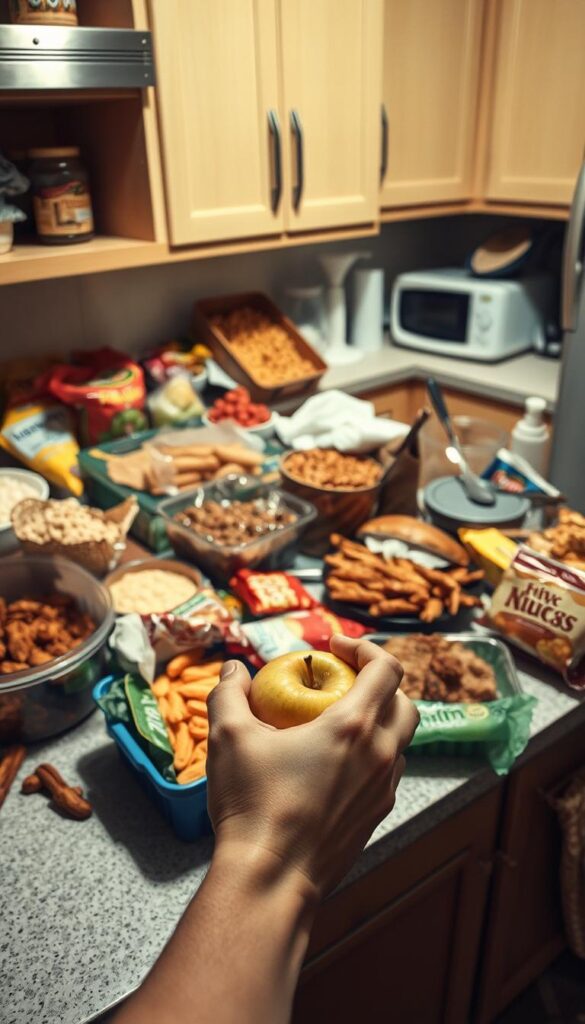
Managing Cravings for Processed Foods
Cravings change as you eat more whole foods. Keep healthy eating snacks like nuts or fruit around. Before grabbing junk food, ask yourself, “Am I hungry or just bored?”
- Replace chips with veggie sticks and hummus
- Drink water—thirst can mimic hunger
- Track cravings in a journal to spot patterns
Eating Clean on a Budget
Eat clean living without spending too much by:
- Buying frozen veggies (often cheaper than fresh)
- Using the Spend Smart-Eat Smart program for meal plans
- Prioritizing organic for the “dirty dozen” produce
Batch-cook grains like rice or beans for many meals.
Social Situations and Clean Eating
| Challenge | Solution |
|---|---|
| Restaurant options | Choose grilled proteins + steamed veggies |
| Potlucks | Bring a signature dish to share |
| Family gatherings | Request salad bar access or small portions of desserts |
Speak up politely: “I’m focusing on my health right now—any light options?”
Seasonal Approaches to Clean Eating
Eating with the seasons connects you to natural ingredients and a lifestyle. Seasonal foods taste better, keep more nutrients, and are often cheaper. Here’s how to start:
- Spring: Enjoy asparagus, peas, and strawberries. Try a spinach salad with strawberries and walnuts.
- Summer: Grill zucchini, corn, and peaches. Make a caprese salad with fresh tomatoes and basil.
- Fall: Roast Brussels sprouts, butternut squash, and apples. Try a cozy lentil stew with seasonal vegetables.
- Winter: Use hearty greens like kale, root vegetables, and citrus. Simmer a warming ginger-carrot soup.
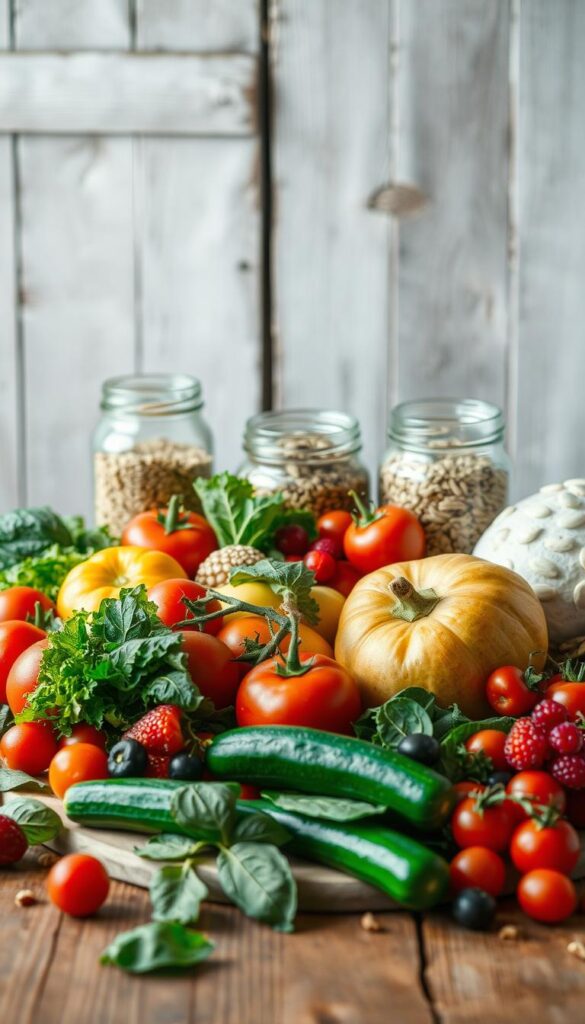
Buying at farmers’ markets or CSAs means you get the freshest. Freeze summer berries for winter smoothies or can tomatoes for winter sauces. Even small spaces can grow herbs or lettuce in pots.
“Seasonal eating reduces reliance on additives and supports local agriculture,” says registered dietitian Emily Green. “It’s nature’s way of providing what your body needs when it’s needed.”
Pair seasonal veggies with lean proteins like salmon or chickpeas. Use spices like cumin or smoked paprika for flavor without salt. For winter, try Slow-Cooker Butternut Squash Soup or Mango-Date Energy Bites for snacks. Keep meals vibrant and varied, aiming for 1,200 to 2,000 calories daily.
Creating a Balanced Weekly Meal Plan Using Clean Eating Guidelines
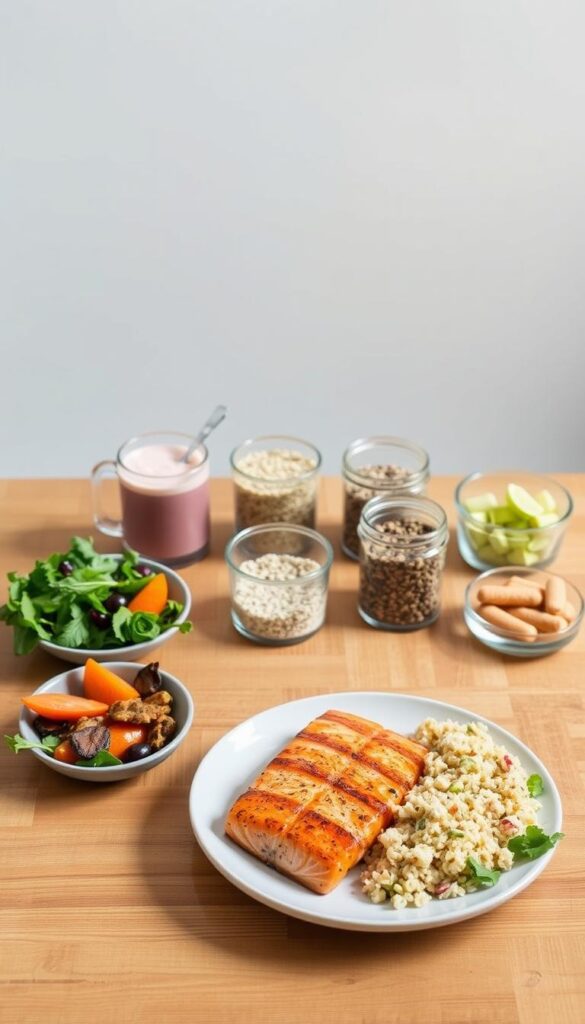
Meal planning makes Clean Eating a daily habit. A weekly plan helps you stick to whole foods. This avoids unhealthy choices. Start by listing your favorite whole foods and plan meals that follow the balanced diet framework.
“A diet rich in vegetables, fruits, whole grains, and protein builds the foundation for health,” according to the 2020-2025 U.S. Dietary Guidelines.
Start with a 14-day template and adjust as needed. Here’s how to structure each meal:
breakfast ideas that energize your day>
Quick: Oatmeal with berries and nuts or Greek yogurt with muesli and blueberries
Make-Ahead: Chia pudding with coconut milk and mango
Weekend: Veggie omelets with spinach and sweet potato hash
nutritious lunch and dinner options>Follow the plate method: half veggies, quarter protein, quarter whole grains. Try:
- Spinach & Feta Turkey Meatballs with Herbed Quinoa
- Kale Salad with Beets & Wild Rice
- Riced cauliflower stir-fry with tofu and broccoli
Batch-cook grains and proteins to speed up meal prep. Double recipes like Lemon-Tahini Dressing for multiple uses.
clean snacks and treats> SnackIngredientsCalories Apple + Almond ButterApple slices, 1 tbsp almond butter~200 Roasted ChickpeasChickpeas, olive oil, spices~150 Dark Chocolate + Walnuts1 oz dark chocolate, 10 walnuts~180
Portion control keeps you on track. Use mason jars for layered salads. Pre-portion snacks like almonds and veggies. Adjust portions to meet your calorie goals—1,500 or 2,000 calories/day as needed.
Conclusion: Embracing Clean Eating as a Sustainable Lifestyle
Clean eating is about making progress, not being perfect. By picking natural ingredients like fresh fruits and whole grains, you help your body. Small choices, like drinking Happy Earth Organic coconut water, add up to a healthier you.
The 2020-2025 Dietary Guidelines for Americans agree. They say eating nutrient-dense foods boosts energy and sharpens your mind. This is without strict rules.
Practicing mindful eating means enjoying food’s taste and listening to your body. This supports clean living by making food a positive part of your life. Registered Dietitian Jane Doe says enjoying treats while eating whole foods is key to lasting health.
Starting small, like meal prep or smart shopping, makes clean eating easy. It’s not a burden.
Clean eating also helps the planet. Picking organic and seasonal foods cuts down on harm to the environment. It’s part of a bigger goal to live sustainably.
See clean eating as a journey where every bite matters. Look for tips in cookbooks or apps. Celebrate your small wins, knowing they lead to big health benefits. Clean living is a journey, not a destination. It’s about feeling alive and connected to what nourishes you.
FAQ
What defines clean eating?
Clean eating means eating whole, unprocessed foods. It’s about choosing foods that are good for your body. It’s not about strict rules.
How is clean eating different from fad diets?
Clean eating is not like fad diets. It focuses on whole foods for long-term health. It’s about a balanced lifestyle, not quick fixes.
What are the key benefits of clean eating?
Clean eating boosts energy and digestion. It can make your skin clearer. It also lowers the risk of diseases like heart disease and diabetes.
It helps your mind and emotions too.
How can I start incorporating clean eating into my lifestyle?
Start by filling your pantry with whole grains and healthy oils. Choose fresh, organic produce. Learn to read food labels well.
Make meals at home to control what you eat. Change your eating habits slowly.
Is clean eating budget-friendly?
Yes! Clean eating can save money. Buy in season, in bulk, and cook at home. Many clean foods are cheaper than processed ones.
How can I stay committed to clean eating when dining out?
Look up menus before you go. Choose places that use clean ingredients. Ask for changes if needed.
Be flexible and enjoy meals with friends. Make smart choices when you can.
What resources are available to support my clean eating journey?
There’s lots online, like recipes and support groups. Look for local farmers’ markets for fresh foods.
Can I eat clean on a busy schedule?
Yes! Use meal prep to save time. Small steps can make clean eating work even when you’re busy.
What are some practical snack ideas for clean eating?
Good snacks are whole foods like apple slices with almond butter. Try hummus with carrots or natural energy bars. Make snacks ahead of time.
Why is seasonal eating important in clean eating?
Seasonal eating is key for clean eating. It means fresher, more nutritious foods. It’s also cheaper and connects you to nature.




